Several aquaculture diseases are caused by fungi that has become a leading issue for many fish producers. These fish fungal infections result in annoyance not only to the fish as well as their masters and may lead to a variety of health complications and sometimes even death, should they not be treated. It is thus important to distinguish between fungal and bacterial infections on pet fish, and the first step towards this would be to note the symptoms of fungal infections.
Content Table
In today’s article, we will focus on the most essential information about the main fungal diseases in fishes, the ways of fungal infection fish, as well as the means of creating conditions that will not allow these diseases to break out in your fish aquarium.
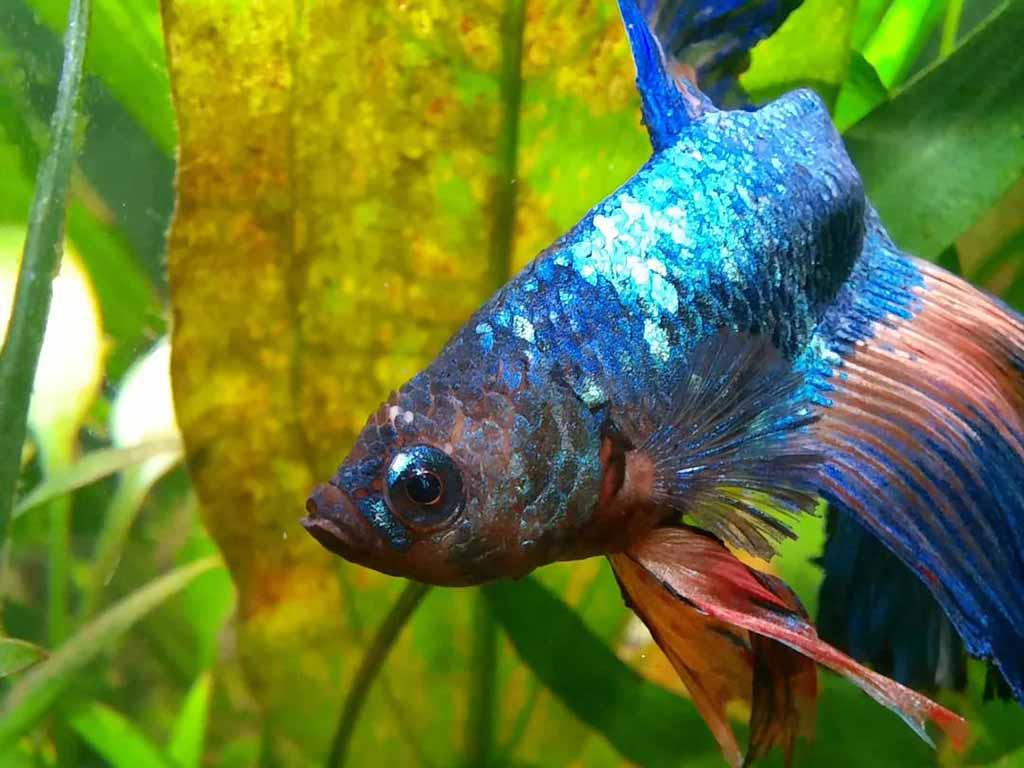
Fungal infection fish treatment
Common Fungal Infections in Aquarium Fish
Saprolegnia
Saprolegnia is a common fungal disease in fish. Typically, they form as a white, fluffy mass on the skin, fins, or gills of fish in infected cases. It can appear as a complication of a shock, or there can be infection and unsuitable water conditions. This fungus is usually white or gray and can quickly spread all over the body if not treated.
Achlya
Another type of water mold is Achlya and it also affects fish. It is usually a white powdery-like substance on the skin or gills and is like Saprolegnia but is rare.
Fusarium
Fusarium is a less frequent but more severe type of fish fungal infection. Most of the diseases can cause tissue decay and have also been reported to affect freshwater and saltwater fish. Usually, infiltrates are expressed as black or brownish spots on the fish’s body surface.
Fungal and Bacterial Infections
Some of the diseases that affect the aquarium fish include fungal and bacterial diseases. It is usually a result of water pollution, stress factors, injuries, and sometimes the introduction of affected fish.
Fungal Infections
This disease usually results from water molds, which are small organisms found on the damp surface of the skin. These infections develop as a white, cotton-like mass on the external body surface of the fish, including its body contour, fins, or gill areas. Other symptoms may include:
| Loss of appetite | Lethargy |
| Difficulty or heavy breathing | Clamped fins |
Bacterial Infections
Bacterial infections are caused by various bacteria that can infect fish through open wounds or compromised immune systems. Symptoms of bacterial infections can vary depending on the type of bacteria involved but may include.
| Red or white spots on the skin or fins | Ulcers or sores on fish | Loss of appetite |
| Frayed or rotting fins | Cloudy eyes | Lethargy |
How to Tell if Your Fish is Infected
To determine if your fish is infected with a fungal or bacterial infection, you should look for the following signs.
- Visible signs of infection: White, cotton-like growths, red or white spots, frayed or rotting fins, ulcers, or sores.
- Behavioral changes: Loss of appetite, lethargy, clamped fins, or difficulty breathing.
- Water quality issues: High ammonia, nitrite, or nitrate levels in the water.
Treat the Fungal Infection in Fish
However, poor water quality, injury, and stress are the most likely causes of fish fungal infections. These infections often appear as cotton ball-like growths on the skin, gills, or fins. If your fish are running at all, prompt treatment and good care will help your fish get their health back and prevent the spread.
How to Care for an Infected Fish
- Isolate the Infected Fish
- Transfer the infected fish to a quarantine tank to prevent the infection from spreading to other tank mates.
- Ensure the quarantine tank has clean, dechlorinated water.
- Maintain Water Quality
- Test and adjust water parameters (pH, ammonia, nitrate, and nitrite levels).
- Perform regular water changes (25–50%) to keep the water clean.
- Add an air pump for proper oxygenation.
- Provide a Stress-Free Environment
- Avoid sudden changes in light, temperature, or tank setup.
- Feed the fish a nutritious diet to boost immunity.
How to Treat Fish Fungal Infections
Salt Bath Treatment
- Prepare a separate container with 1 teaspoon of aquarium salt per gallon of water.
- Submerge the fish for 5–10 minutes, closely monitoring its behavior.
Antifungal Medications
- Use over-the-counter antifungal treatments, such as those containing malachite green or methylene blue.
- Follow the product’s instructions carefully for dosage and duration.
Topical Treatments
- If the infection is localized, apply antifungal medication directly to the affected area using a cotton swab.
- Avoid stressing the fish during this process.
Natural Remedies
- Add Indian almond leaves to the tank; they release tannins with mild antifungal properties.
- Use diluted tea tree oil products specifically made for aquarium use.
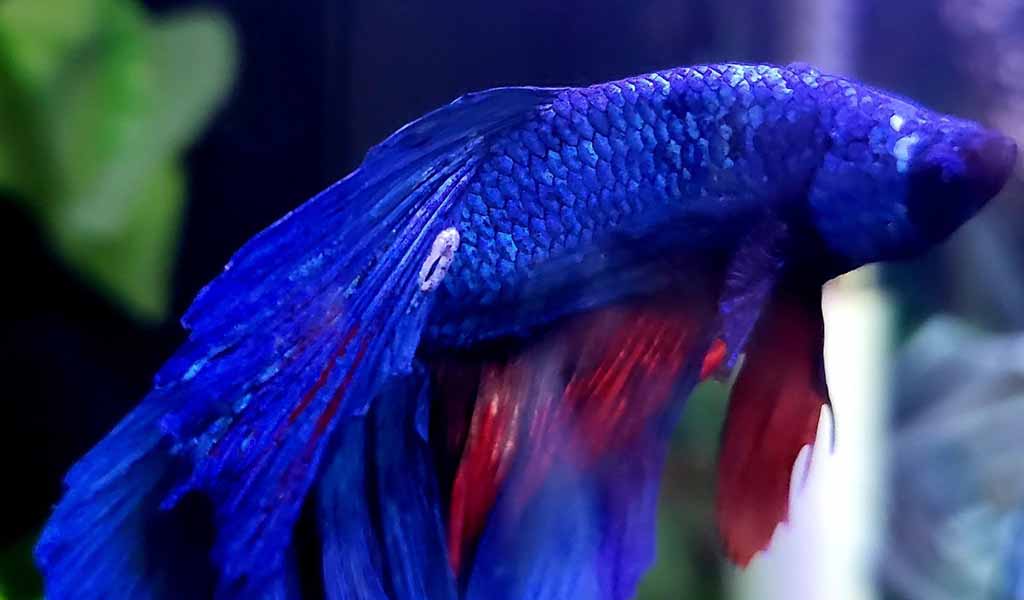
Betta fish fungal infection
Preventing Future Infections
Fungal infections can be a significant problem for aquarium fish, but they can often be prevented with proper care and maintenance. Here are some key strategies to keep your fish healthy.
Maintain Optimal Water Quality
-
-
- Regular Water Changes: Regular water changes quickly remove harmful toxins and supply needed minerals.
- Water Parameters: Take the monitoring of the pH, water hardness, and temperature into your own hands.
- Filtration: Ensure you have a good filtration system, so the water stays clean and acylated.
- Water Conditioner: To protect fish, use a water conditioner to neutralize chlorine or chloramine.
-
Avoid Stressful Conditions
-
-
- Overcrowding: Keep overcrowding to a minimum and avoid stressing and treating disease.
- Gentle Handling: Fish can become injured easily, so handle them carefully.
- Sudden Changes: Stay away from sudden changes in water parameters, temperature, or lighting.
- Proper Diet: Fishing with a balanced diet helps to improve the immune systems.
-
Quarantine New Fish
-
-
- Isolation Period: Newly acquired fish should be put into quarantine for at least two weeks to watch for signs of disease.
- Disease Prevention: Treating new fish with a preventative medication to kill any pathogens.
-
Prompt Treatment of Injuries
-
-
- Clean Water: Rinse any wounds using clean, treated water.
- Antiseptic Treatment: Minor injuries are treated with a mild antiseptic.
- Monitor for Infection: The fish will need to stay under observation for signs of infection.
-
Regular Tank Cleaning
-
-
- Algae Control: It removes excess algae that can be home to bacteria and fungi.
- Substrate Cleaning: Prevents the buildup of harmful substances on the substrate.
- Decorations: Regularly clean and disinfect decorations around you.
-
Conclusion
Fungal infections in aquarium fish are a serious issue if neglected but can be well dealt with under the proper care. By knowing the indications of an infection, the correct treatments, and also taking precautionary measures, you can almost eliminate the risk of fungal attacks on your aquarium. Again, a healthy aquarium environment is your best defense against fish disease.
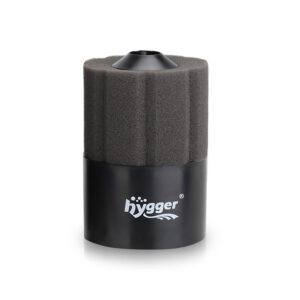
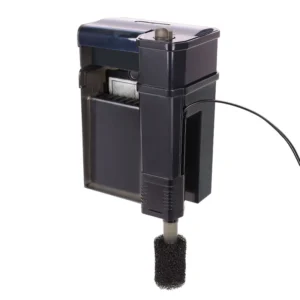
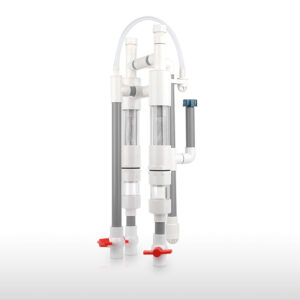

Leave a comment